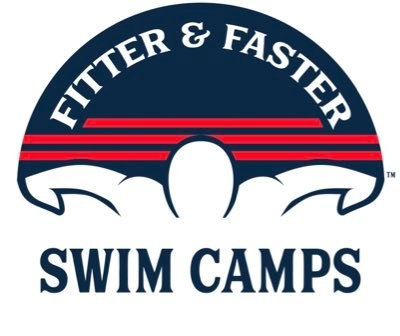News Detail
May 7, 2020 - Suggestions for Complying with the Current Health Order While Returning Swimmers to Practice
Suggestions for Complying with the Current Health Order while Returning Swimmers to Practice
Updated: 5/11/2020
The following statement was taken from the Contra Costa Website and provides the path forward for getting our swimmers back in the water.
https://www.coronavirus.cchealth.org/frequently-asked-questions
Pools cannot open to the public even if they practice social distancing and take all other precautions.
However, cohorts of the same 12 people at a camp or on a team can swim as long as they function like a camp.
They cannot compete with other teams or have members who come and go from one group to another.
At the current time it seems to require a two-step process to begin the process of returning our swimmers to the water.
Step #1 - Email your county health officer with your plan to ensure it satisfies the requirements of the current health order.
Step #2 - Meet with or email the entity that controls the pool venue where you wish to practice to inform them that the local public health officer has determined that your plan satisfies the requirements of the current health order. Request that they contact the county health officer and request permission to allow your team to conduct a swim camp based on your approved plan.
Each individual team is Pacific Swimming is unique and will need to present their customized plan on how they will safely comply with the current health order. Key points that should be included or addressed in your plan include:
- A swim camp will be formed which will a maximum of 12 swimmers organized into specific, stable groups and no changes will be made to these groupings. Groups will remain stable throughout the duration of the public health order and the groups will be kept separate at all times with no co-mingling allowed. Specify if the pool is an outdoor pool. (Note: Additional safety precautions may be required for indoor pools to satisfy the current health order)
- At this time, camps are only for children of essential workers
- Each group will be assigned a specific coach for the duration of the camp, and each coach may only be in charge of one camp group
- Each group will be assigned a specific time slot each day for the duration of the camp.
- Throughout the timeslot, each group will comply with social distancing requirements and wear face masks before and after practice. Each swimmer will have a designated area for his/her individual equipment so that it will not be co-mingled.
- Swimmers are not allowed in any common changing area or locker room. They will wear their suits to the pool and leave with them on. There will be no shared equipment.
- Include the specific plan that your camp will utilize to ensure social distancing requirements are met. (You can use one of the lane plans suggested by USA Swimming)
- Specify the practice times to be used to show that sufficient time will be allowed between time slots for parents to drop off and pick up their children to prevent groups from co-mingling in the parking lot.
- Safeguards should also include a social distancing plan for pick up/drop off that will prohibit any co-mingling of parents and swimmers in the parking lots.
Please be sure to review the Re-Opening document provide by USA Swimming posted on the Pacific Swimming website May 2, 2020 - USA Swimming's Facility Re-Opening Message and Planning. This document contains many useful suggestions that have been approved by medical experts and can used as part of your plan. Other items to consider including in your plan are:
- To emphasize that you are concerned with the safety of your athletes, you should include one or more of the active screening methods provided by USA-S. Taking and recording the temperature of each athlete, coach, lifeguard and parent admitted to the venue will demonstrate that you are attempting to ensure that everyone attending is currently healthy. You might also consider requiring permission to attend the swim camp and a statement from parent or legal guardian that the swimmer has no signs or symptoms of COVID-19 and no known exposure.
- A daily attendance roster of attendees could be also used to document athlete body temperature as well as providing useful information for contact tracing should a swimmer or family member develop COVID-19.
- You might consider asking parents to assist in your social distancing plan by signing an agreement to maintain social distancing requirements and not to co-mingle while picking up/dropping off their swimmer.
- Remember that MAAPP still applies and parents must be allowed to observe and be capable of interrupting if they wish.
Since each team is unique and has different authorities that it must satisfy in order to resume operations, it does not seem practical to set a specific date for a region (such as Zone) to be able to resume practice. However, every time a team is successful in returning to operations, it should make it easier for other teams to build on that success to justify their own return to operations. The goal, of course, is not to create advantages for one team over another but to safely get all of our swimmers back in the water.
Finally this is a time when it is especially important for coaches to share ideas for best practices and cooperate with each other to get our athletes back in the water. If you have any ideas or feedback that will help move us forward, please communicate with your fellow coaches. During this extraordinary time, our goal should be getting athletes from all teams back into the water as soon as possible. As we find ways of returning to operations, please be sensitive to the needs and concerns of your fellow coach

